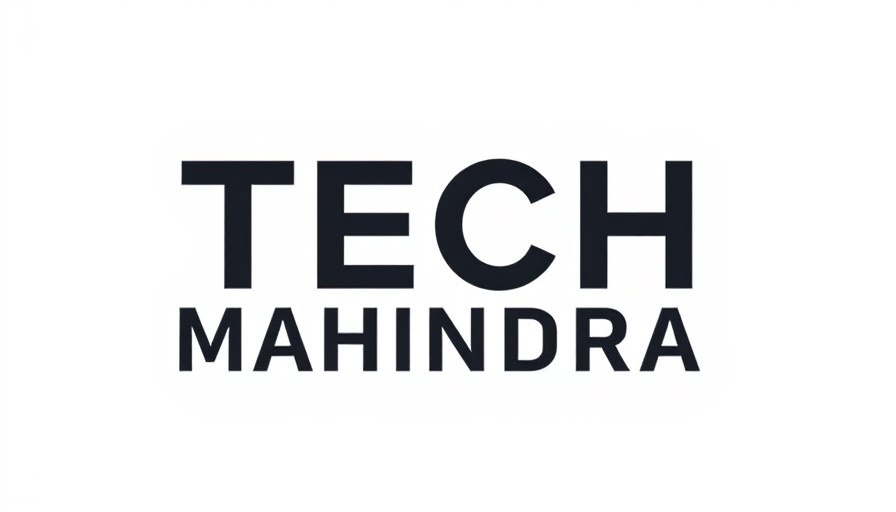
Revolutionizing Drug Safety: The Role of Agentic AI
In a groundbreaking collaboration, Tech Mahindra and NVIDIA are transforming the pharmacovigilance landscape with their newly developed agentic AI-powered solution. This partnership aims to radically improve drug safety management by leveraging cutting-edge artificial intelligence to streamline processes that traditionally suffer from delays and inefficiency. The high stakes of drug safety, especially considering the management of adverse drug reactions (ADRs), necessitate a swift and accurate response system, and this innovative solution promises just that.
How Agentic AI Works In Pharmacovigilance
The newly minted pharmacovigilance solution from Tech Mahindra employs NVIDIA's advanced AI tools, designed to tackle significant challenges within the pharmaceutical industry. With over 1,000 ADR cases reported daily for major medications, the agentic AI solution can autonomously flag, categorize, and process these cases, mitigating human errors that often lead to severe lapses in patient safety. By combining agentic AI with Tech Mahindra's TENO framework, which integrates NVIDIA's AI technology, the framework ensures a seamless workflow from data gathering to compliance monitoring.
Reducing Costs and Increasing Efficiency
Incorporating AI into pharmacovigilance does not just mean better safety; it also translates to tangible financial benefits. The innovative solution can reduce operational costs by 25% while improving turnaround times for processing ADR reports by nearly 40%. Moreover, accuracy in data handling is enhanced by 30%. These improvements specifically address the industry's chronic issues of data overload and inefficient workflows, allowing personnel to focus on higher-value tasks rather than being bogged down by repetitive manual processes.
Transforming Pharmacovigilance from Reactive to Predictive
One of the standout features of this collaboration is its shift from reactive pharmacovigilance to a proactive stance. By eliminating delays in processing ADR cases, the solution allows for quicker responses to potential safety issues, supporting regulatory compliance and ensuring greater protection for patients. By using AI-driven predictive analytics, pharmaceutical companies can now identify risks before they escalate, markedly improving patient outcomes.
Future Predictions: The Path Ahead for Pharmacovigilance
As the field of pharmacovigilance continues evolving, the integration of AI is set to pave new pathways that traditional methods could not. With innovations like the one introduced by Tech Mahindra and NVIDIA, we may witness a future where drug safety protocols can anticipate patient reactions and facilitate preemptive measures against adverse effects. The use of representative case studies will further shape the practices and methodologies in pharmacovigilance, making AI an integral component of pharmaceutical operations.
Expert Insights: The Importance of Continuous Adaptation
Experts emphasize the necessity of continuous adaptation in pharmacovigilance methodologies. John Fanelli, Vice President of Enterprise Software at NVIDIA, highlighted how combining human expertise with AI tools not only enhances pharmacovigilance efforts but also empowers professionals to make informed decisions swiftly. Adopting these transformative technologies is critical for the pharmaceutical industry as it faces growing consumer expectations for safety and transparency.
Embracing Agentic AI: A Call to Action for Industry Leaders
For AI enthusiasts and industry leaders looking to revolutionize drug safety management, this collaboration stands as a testament to the potential of agentic AI. As this technology matures, there arise not only new opportunities for improving operational efficiency but also a responsibility to ensure that patient safety is at the forefront of drug development and monitoring. Embracing these advancements will be crucial for stakeholders who wish to lead in a landscape increasingly defined by digital intelligence.
As we explore the depths of agentic AI's capabilities, it’s clear that its application could reshape our understanding of patient safety in drug management. Professionals in the pharmaceutical and technology sectors must delve deeply into these advancements and prepare to adapt to a technology-driven future.
 Add Row
Add Row  Add
Add 




 Add Row
Add Row  Add
Add 

Write A Comment